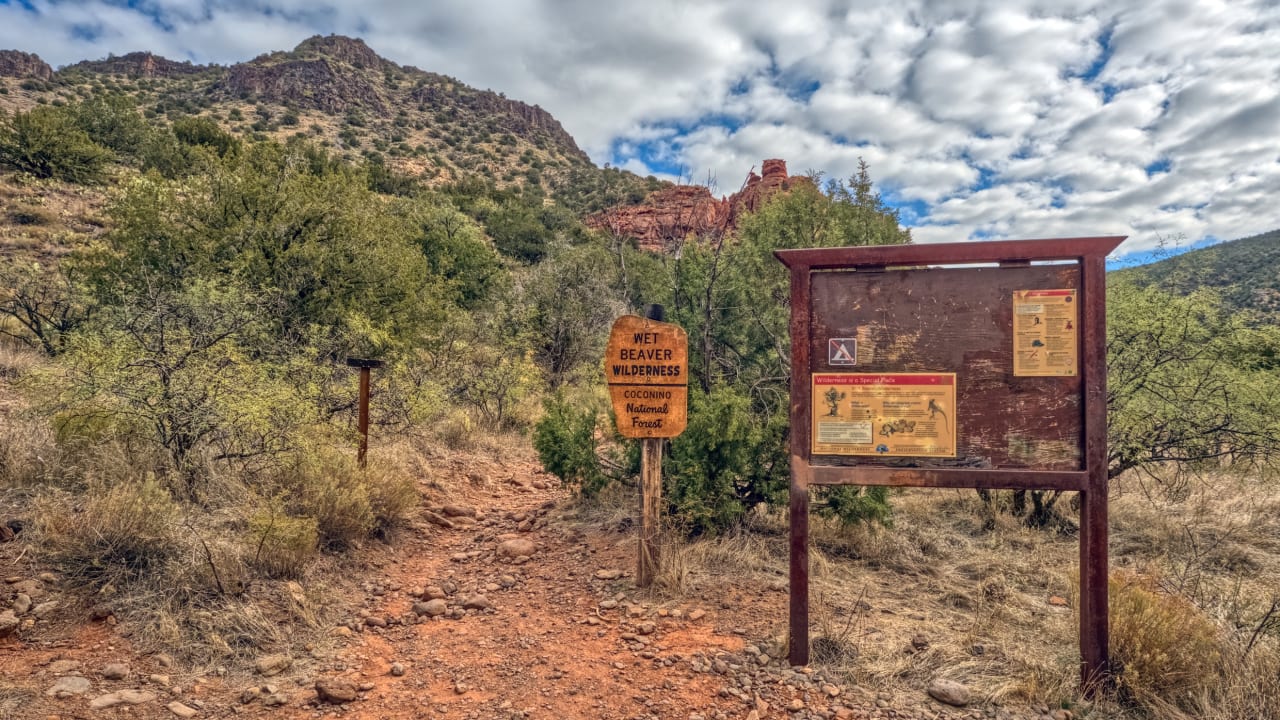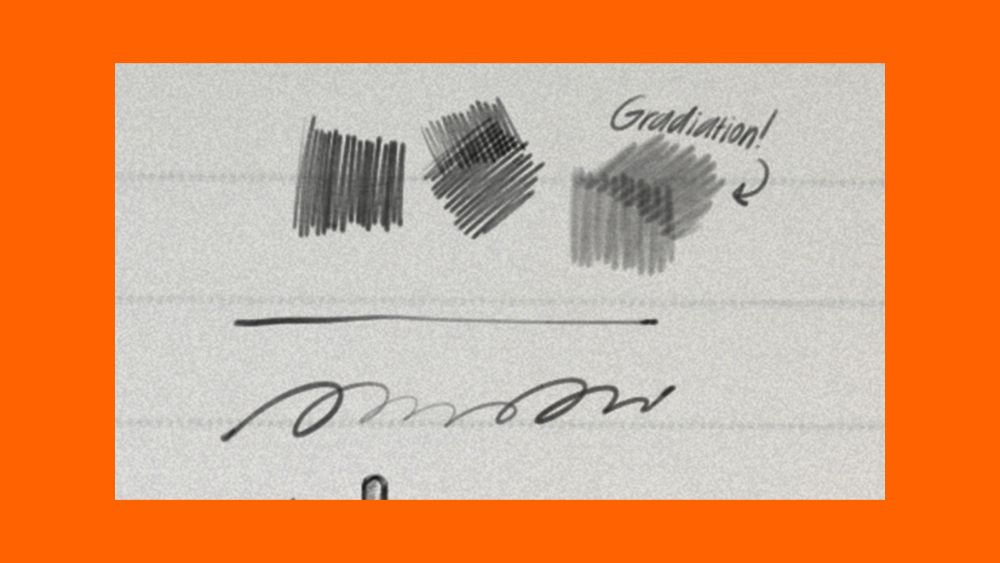An ode to the logging truck VFX from ‘Final Destination 2’
One of the most influential pieces of visual effects in history.
Admit it, whenever you drive past a logging truck these days, you get nervous, right? I think that behavior can be squarely blamed on the infamous logging truck sequence in David R. Ellis’ Final Destination 2, from 2003. The deadly pile-up caused by logs falling off the truck still induces nightmares in drivers today.
Back then, it came about via some elaborate stunts, special effects, and visual effects by Digital Dimension.
With Final Destination: Bloodlines currently in cinemas, I thought it would be fun to go back to this notable VFX scene. I crawled through Digital Dimension’s old website and found some fantastic video from one part of the scene–when the logs first drop–and detailed descriptions of the whole sequence, both including the tests the VFX studio produced.
With the video, I’ve put together a ‘remake’ of their VFX breakdown, and the text is also reproduced belowEnjoy a look back!
Digital Dimension text
For New Line Cinema’s teen thriller sequel, Final Destination II, Digital Dimension completed over 80 visual effects shots.
Early Tests
Digital Dimension’s involvement in FDII began early on with a series of tests to help Director Dave Ellis and VFX Supervisor Joe Bauer decide on the approach to take for the complex log sequence. The earliest of these tests included simple dynamics and rendering tests using temporary textures and cylinder primitives for the CG logs.
Log Sequence Test Shot
The log sequence was originally planned to be shot practically, if possible, but with promising results from the preliminary CG tests, it was decided that test footage would be shot in Vancouver with the intention of comparing real logs to CG logs. Digital Dimension went on-site to oversee the test. It became apparent during the test that real-life logs would be nearly impossible to control and would not exhibit the liveliness required for the sequence.
Now it was a matter of whether CG logs would be believable and offer a more dramatic performance. Meanwhile, the CG Supervisor was working out the log dynamics and particles using the storyboards as reference.
It was clear from the beginning that the whole pipeline was going to have to be flexible enough to accommodate changes in timing and feel of the shots. This basically ruled out hand keyframing of the logs and particles.
Once preliminary dynamics had worked out, the team began experimenting with different types of layers that would contribute to the final composited test shot. The results of this experimentation would serve as the foundation for the pipeline used for the actual effects shots later in the production.
On location in Vancouver
The test shot was a complete success, and it was clear to everyone that using CG logs for the log sequence would provide the necessary control without sacrificing realism. So with Digital Dimension greenlit to create the digital logs, the Sr. Technical Director voyaged to Vancouver, BC, to serve as Digital Dimension’s eyes and ears on set, and to acquire detailed location measurements and reference photography for the sequence.
Camera Tracking
With data from the set, reference photography, and film scans in hand, it was now time to dig into the principal effects work. One of the first major challenges for FDII was camera tracking over two dozen shots making up the log sequence. The shots used lenses ranging from wide angleto telephotowith very few lock-offs. To complete the tracking in minimal time, most of Digital Dimension’s staff was involved in roughing out the tracking.
A collection of before/after images.
Modeling the Logs
With the test shots completed using only temporary models and textures, the Sr. VFX Designer then began working out modeling and textures for the final log, ultimately creating 22 unique logs with custom textures built from reference photos.
Close attention was paid to fine details such as scrapes and missing bark on the logs. In addition, custom displacement maps were built for each of the logs. For the final touch, a hair system was used to add frayed wood on some of the logs.
Log Dynamics and Particles
Revisions to the dynamics were completed on a regular basis, allowing critiques from the Director and VFX Supervisor to be incorporated. This insured the sequence held together as a whole.
Meanwhile, working from the foundation built for the test shot, particle debris for the test shots were being refined for the final effects. Using a rule-based particle system, an automated approach was developed which detected the impact of a log and emitted various amounts of bark, dirt, dust and debris based on that impact. This meant that all the particle animation was generated in real time in response to the dynamic motion of the logs. The final approach included details to help convey the realism of the shot such as making “particle debris” at rest lay flat on the road without penetrating it.
Bringing It All Together
Visual effects are typically generated from a buildup of several layers to give the compositors the fine control needed to achieve seamless integration with the plate. FDII was no exception, with the complexity of a given shot often determining the number of layers needed for the CG elements.
For example, the CG logs had layers for the logs themselves, large debris such as slabs of bark, small debris such as bark particulate, dust, and even earth kicked up by the logs. Additional layers included direct shadows, contact shadows, and a variety of masks such as log highlights, log cap masks, and height maps from the road for reflection layers. The CG logs also needed to change from dry to wet while interacting with the road, and they typically had great depth – traveling from near to far or vice versa. For this reason, all log-related layers typically included Z information used to apply depth of field and ambient density in the composite.
And since the road was wet in many shots, reflection layers were added, nearly doubling the number of layers needed for the log elements. Some layers, such as water spray, were created directly in the composite with 2D particles. Finally, details such as focal changes and reflection quality were carefully matched for maximum integration.
For the shot where the log crashes into Thomas’s squad car, a still frame of a real log was rotoscoped and warped based on a CG wireframe to give the illusion of rotation as it crashed into the car.
From the beginning, the cycle of refinement was in effect. CG artists generated layers for the compositors. The compositors took the layers and worked them into the plates. This process was repeated continuously, with composite test renders re-edited into the sequence on a daily basis. This allowed both animators and compositors to review their work in context and make assessments for revisions based on seeing their work in its most final form.
Digital Dimension Credits for Final Destination II
Facility VFX Supervisor: Benoit Girard
Facility VFX Producer: Jerome Morin
Facility VFX Designer: Edmund Kozin
Sr. Technical Director: James Coulter
CG Supervisor: Jason Crosby
CG Animators: Brandon Davis, Justin Mitchell, Andy Roberts, Marion Spates, Sung-Wook Su
Lead Compositor: Leandro Visconti
Compositors: Jeremy Appelbaum, Miguel Bautista, Jim Cabonetti, Dan Walker, Adam Zepeda
The post An ode to the logging truck VFX from ‘Final Destination 2’ appeared first on befores & afters.
#ode #logging #truck #vfx #final
An ode to the logging truck VFX from ‘Final Destination 2’
One of the most influential pieces of visual effects in history.
Admit it, whenever you drive past a logging truck these days, you get nervous, right? I think that behavior can be squarely blamed on the infamous logging truck sequence in David R. Ellis’ Final Destination 2, from 2003. The deadly pile-up caused by logs falling off the truck still induces nightmares in drivers today.
Back then, it came about via some elaborate stunts, special effects, and visual effects by Digital Dimension.
With Final Destination: Bloodlines currently in cinemas, I thought it would be fun to go back to this notable VFX scene. I crawled through Digital Dimension’s old website and found some fantastic video from one part of the scene–when the logs first drop–and detailed descriptions of the whole sequence, both including the tests the VFX studio produced.
With the video, I’ve put together a ‘remake’ of their VFX breakdown, and the text is also reproduced belowEnjoy a look back!
Digital Dimension text
For New Line Cinema’s teen thriller sequel, Final Destination II, Digital Dimension completed over 80 visual effects shots.
Early Tests
Digital Dimension’s involvement in FDII began early on with a series of tests to help Director Dave Ellis and VFX Supervisor Joe Bauer decide on the approach to take for the complex log sequence. The earliest of these tests included simple dynamics and rendering tests using temporary textures and cylinder primitives for the CG logs.
Log Sequence Test Shot
The log sequence was originally planned to be shot practically, if possible, but with promising results from the preliminary CG tests, it was decided that test footage would be shot in Vancouver with the intention of comparing real logs to CG logs. Digital Dimension went on-site to oversee the test. It became apparent during the test that real-life logs would be nearly impossible to control and would not exhibit the liveliness required for the sequence.
Now it was a matter of whether CG logs would be believable and offer a more dramatic performance. Meanwhile, the CG Supervisor was working out the log dynamics and particles using the storyboards as reference.
It was clear from the beginning that the whole pipeline was going to have to be flexible enough to accommodate changes in timing and feel of the shots. This basically ruled out hand keyframing of the logs and particles.
Once preliminary dynamics had worked out, the team began experimenting with different types of layers that would contribute to the final composited test shot. The results of this experimentation would serve as the foundation for the pipeline used for the actual effects shots later in the production.
On location in Vancouver
The test shot was a complete success, and it was clear to everyone that using CG logs for the log sequence would provide the necessary control without sacrificing realism. So with Digital Dimension greenlit to create the digital logs, the Sr. Technical Director voyaged to Vancouver, BC, to serve as Digital Dimension’s eyes and ears on set, and to acquire detailed location measurements and reference photography for the sequence.
Camera Tracking
With data from the set, reference photography, and film scans in hand, it was now time to dig into the principal effects work. One of the first major challenges for FDII was camera tracking over two dozen shots making up the log sequence. The shots used lenses ranging from wide angleto telephotowith very few lock-offs. To complete the tracking in minimal time, most of Digital Dimension’s staff was involved in roughing out the tracking.
A collection of before/after images.
Modeling the Logs
With the test shots completed using only temporary models and textures, the Sr. VFX Designer then began working out modeling and textures for the final log, ultimately creating 22 unique logs with custom textures built from reference photos.
Close attention was paid to fine details such as scrapes and missing bark on the logs. In addition, custom displacement maps were built for each of the logs. For the final touch, a hair system was used to add frayed wood on some of the logs.
Log Dynamics and Particles
Revisions to the dynamics were completed on a regular basis, allowing critiques from the Director and VFX Supervisor to be incorporated. This insured the sequence held together as a whole.
Meanwhile, working from the foundation built for the test shot, particle debris for the test shots were being refined for the final effects. Using a rule-based particle system, an automated approach was developed which detected the impact of a log and emitted various amounts of bark, dirt, dust and debris based on that impact. This meant that all the particle animation was generated in real time in response to the dynamic motion of the logs. The final approach included details to help convey the realism of the shot such as making “particle debris” at rest lay flat on the road without penetrating it.
Bringing It All Together
Visual effects are typically generated from a buildup of several layers to give the compositors the fine control needed to achieve seamless integration with the plate. FDII was no exception, with the complexity of a given shot often determining the number of layers needed for the CG elements.
For example, the CG logs had layers for the logs themselves, large debris such as slabs of bark, small debris such as bark particulate, dust, and even earth kicked up by the logs. Additional layers included direct shadows, contact shadows, and a variety of masks such as log highlights, log cap masks, and height maps from the road for reflection layers. The CG logs also needed to change from dry to wet while interacting with the road, and they typically had great depth – traveling from near to far or vice versa. For this reason, all log-related layers typically included Z information used to apply depth of field and ambient density in the composite.
And since the road was wet in many shots, reflection layers were added, nearly doubling the number of layers needed for the log elements. Some layers, such as water spray, were created directly in the composite with 2D particles. Finally, details such as focal changes and reflection quality were carefully matched for maximum integration.
For the shot where the log crashes into Thomas’s squad car, a still frame of a real log was rotoscoped and warped based on a CG wireframe to give the illusion of rotation as it crashed into the car.
From the beginning, the cycle of refinement was in effect. CG artists generated layers for the compositors. The compositors took the layers and worked them into the plates. This process was repeated continuously, with composite test renders re-edited into the sequence on a daily basis. This allowed both animators and compositors to review their work in context and make assessments for revisions based on seeing their work in its most final form.
Digital Dimension Credits for Final Destination II
Facility VFX Supervisor: Benoit Girard
Facility VFX Producer: Jerome Morin
Facility VFX Designer: Edmund Kozin
Sr. Technical Director: James Coulter
CG Supervisor: Jason Crosby
CG Animators: Brandon Davis, Justin Mitchell, Andy Roberts, Marion Spates, Sung-Wook Su
Lead Compositor: Leandro Visconti
Compositors: Jeremy Appelbaum, Miguel Bautista, Jim Cabonetti, Dan Walker, Adam Zepeda
The post An ode to the logging truck VFX from ‘Final Destination 2’ appeared first on befores & afters.
#ode #logging #truck #vfx #final
·204 Views










